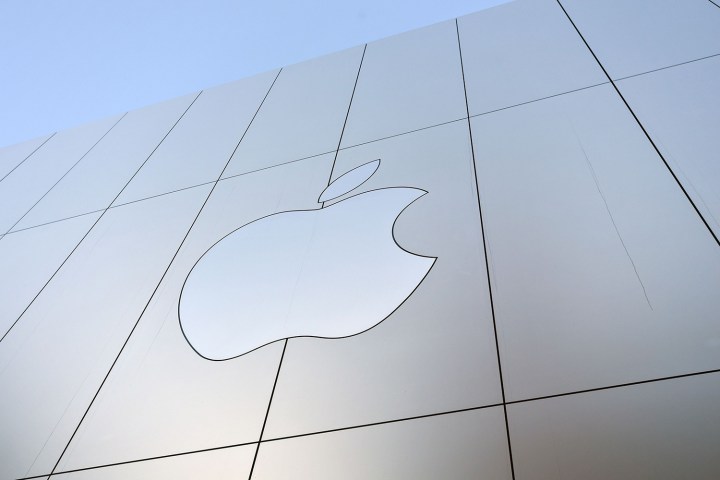
Al Kossow, a software curator for the Computer History Museum, took to a Google Groups discussion board in order to give Lisa enthusiasts an update on the project. “Just wanted to let everyone know the sources to the OS and applications were recovered,” he wrote.
Kossow was able to convert this code to the end of line conventions associated with the Unix programming language and has submitted the results to Apple for review. If all goes well, the Computer History Museum expects to release the code to the public in early 2018.
Of course, before that happens, Apple needs to make sure that an open-source release won’t cause any problems. Kossow suggested that the only thing he feels will be omitted is the American Heritage dictionary that was included in the original release as part of the LisaWrite application’s spell-checking functionality.
The Lisa was a groundbreaking system for its time, as one of the very first computers to adopt a graphical user interface, as well as support for a mouse peripheral, and access to a file system. Both Lisa and the earliest iterations of Windows owe a significant debt to the pioneering work carried out at the Xerox PARC lab, a fact that would contribute to subsequent hostilities between Steve Jobs and Bill Gates.
The original Lisa computer cost $25,000 at launch when adjusted for inflation, according to Gizmodo. Despite later, cheaper revisions, it was not a huge success, which led to Jobs being removed from the project and placed on the Macintosh team.
The Mac line flourished and formed the basis for the computers that remain a key part of Apple’s output, while the Lisa range died off within a matter of years. However, it’s still an important chapter in the early history of computing, so it’s good to see the operating system being preserved in this manner.


